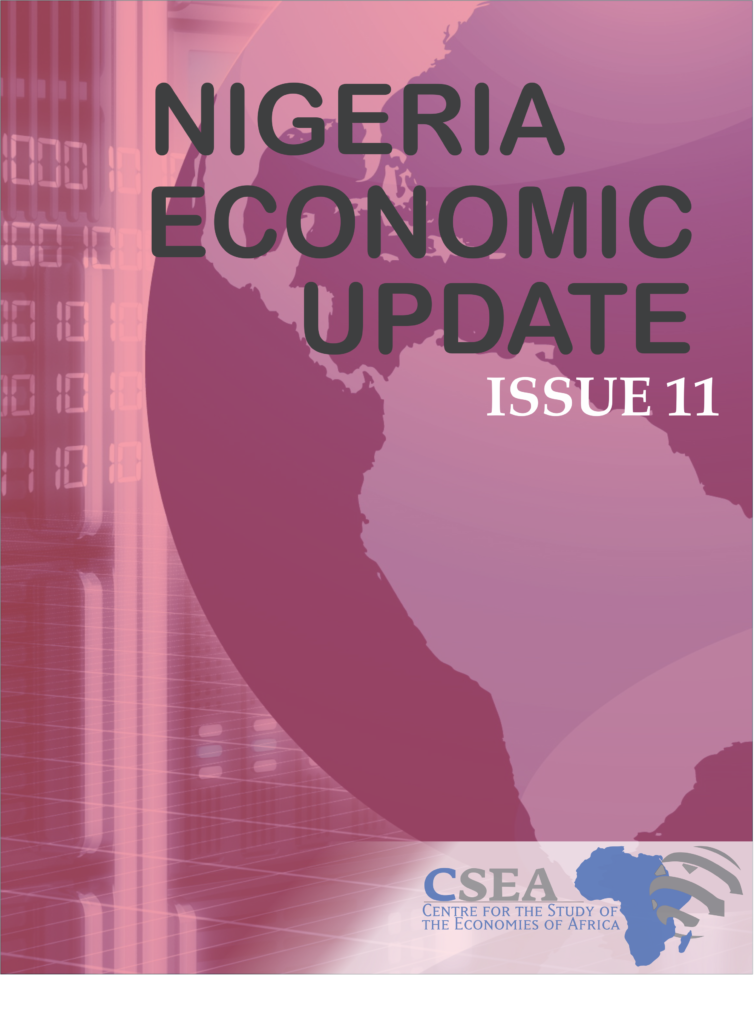Nigeria’s debt profile reached unprecedented high levels at the end of the year 2017. Figures obtained from the debt management office reveals that debt stock increased Year-on-Year by a significant 42.6 percent and Quarter-over-Quarter by 6.6 percent to N21.73 trillion as at December 20171. Domestic and foreign components of the debt profile grew to N3.35 trillion and N18.38 trillion respectively. The increased debt profile may have been triggered by domestic and foreign borrowings to fund Nigeria’s budget deficit, and excessive debt servicing costs – Nigeria serviced domestic debts to the tune of N1.48 trillion in 20172, about 29.13 percent of its total budget revenue. Implicatively, Nigeria’s debt to GDP ratio continues to increase, from 18.6 percent in 2016 to 21 percent
Macroeconomic Report & Economic Updates

March 9, 2018
Nigeria Economic Update (Issue 11)
Nigeria’s debt profile reached unprecedented high levels at the end of the year 2017. Figures obtained from the debt management office reveals that debt stock increased Year-on-Year by a significant 42.6 percent and Quarter-over-Quarter by 6.6 percent to N21.73 trillion as at December 20171. Domestic and foreign components of the debt profile grew to N3.35 […]
Read →
Related
MANUFACTURING SECTOR: Operating Admist Economic Recession And Rising Foreign Exchange Rates
This 2017 Manufacturing Sector survey provides an assessment of the
Nigerian manufacturing sector, highlighting
the key challenges facing operators within
the sector. It also examines the dynamics and
major development in the manufacturing
sector over the last one year. Overall, the
objective of the report is to provide a snapshot
of the manufacturing sector in Nigeria,
which will provide a framework for policy
intervention by policymakers
Consequences Of School Resources For Educational Achievement
This paper examines the
determinants of educational achievement in a developing country context,
Burkina Faso. We deviate from the extant literature by constructing an
aggregate index of school quality from the observable school resources. Also, we
account for school choice constraints, faced by children especially in rural
areas, as it relates to the geographical inequalities in the distribution of
quality schools. These treatments provide an unbiased estimates of the
relevance of school resources for academic performance. The empirical approach
is based on a two-stage procedure that accounts for supply constraints in
school choice.
